- Home
- About
- Hospitals
-
Treatments
- Orthopedic & Spine
- Knee Replacement
- Carpal Tunnel Release
- Rotator Cuff Repair
- Meniscus Repair / Meniscectomy
- Total Hip Replacement (THR)
- Total Shoulder Replacement
- Arthroscopy
- Ligament Reconstruction
- Spinal Fusion
- Discectomy
- Laminectomy
- Spinal Decompression
- Vertebroplasty and Kyphoplasty
- Fracture Repair
- ACL Reconstruction
- Tendon Repair
- Osteotomy
- Amputation
- Pediatric and Adult Cardiac
- Neuroscience
- Oncology
- Nephrology & KTP
- Gastroenterology & Hepatobiliary
- Obstetrics and Gynaecology
- Infertility
- Dental & Maxillofacial
- Plastic & Cosmetic Surgery
- Rhinoplasty
- Blepharoplasty (Eyelid Surgery)
- Facelift (Rhytidectomy)
- Breast Augmentation (Mammoplasty)
- Breast Reduction (Mammoplasty)
- Breast Lift (Mastopexy)
- Liposuction
- Abdominoplasty (Tummy Tuck)
- Brazilian Butt Lift (BBL)
- Lip Augmentation
- Breast Reconstruction
- Cleft Lip and Palate Repair
- Scar Revision
- Burn Reconstruction
- Botox Injection
- Ophthalmology
- Otolaryngology (ENT)
- Endocrinology
- General and Minimal Invasive Surgery
- Pulmonology
- Rheumatology
- Urology
- General Medicine
- Ayurvedic Treatment
- Orthopedic & Spine
- Doctors
- Contact Us
Discectomy
Discectomy
is a surgical procedure performed to remove a portion of a herniated or damaged
intervertebral disc in the spine. The intervertebral discs are the soft,
cushion-like structures located between the individual vertebrae in the spine,
which provide shock absorption and allow for spinal flexibility. When one of
these discs becomes herniated or bulges, it can put pressure on adjacent nerves
or the spinal cord, leading to pain, weakness, and other neurological symptoms.
The goal of the procedure is to relieve pain, reduce neurological symptoms, and
improve the patient's quality of life.
Here
is an overview of the discectomy procedure:
Preoperative Evaluation:
The patient undergoes a thorough evaluation, including physical examinations,
imaging studies (such as MRI or CT scans), and a discussion of medical history.
Anesthesia: Discectomy
is typically performed under general anesthesia, which means the patient is
asleep and pain-free during the surgery.
Incision: The surgeon makes a small
incision over the affected area of the spine. In some cases, minimally invasive
techniques may be used, which involve smaller incisions and specialized
instruments.
Exposure: The surgeon gently moves aside
the muscles and other soft tissues to access the spine and locate the herniated
disc.
Removal: Using surgical instruments, the
surgeon carefully removes the portion of the disc that is pressing on the
nerves or spinal cord. This decompresses the affected area.
Closure: After the disc material has
been removed, the surgeon closes the incision, often with sutures or staples,
and a sterile dressing is applied.
Recovery time and restrictions will vary depending
on the extent of the procedure and the patient's overall health.
The
specific recovery process and timeline will depend on the individual and the
location of the discectomy. Patients may be advised to engage in physical
therapy or rehabilitation to help regain strength and flexibility in the spine.
Discectomy is a well-established surgical procedure for addressing herniated discs in the spine, and it is considered when conservative treatments, such as rest, physical therapy, or medications, do not provide sufficient relief. As with any surgical procedure, there are potential risks and complications associated with discectomy, and patients should discuss the potential benefits and risks with their healthcare provider before undergoing the surgery.
Top of Form
Top of Form
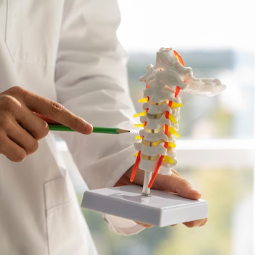


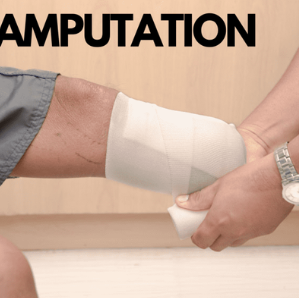
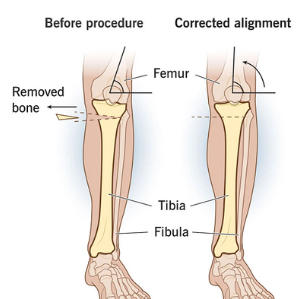



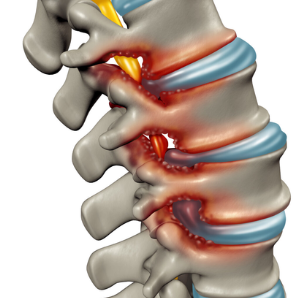
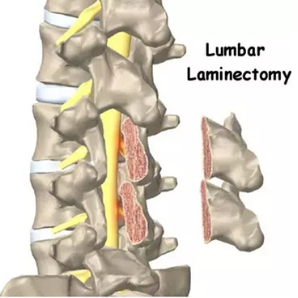
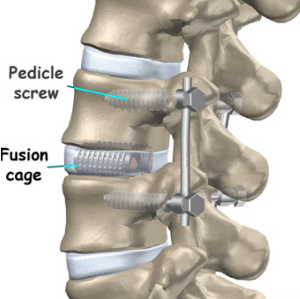
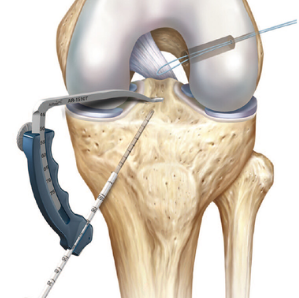
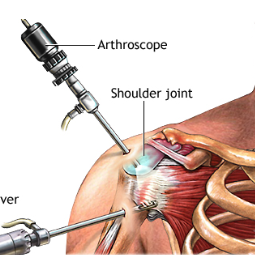
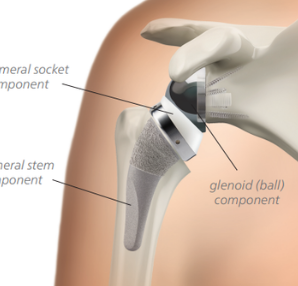
.png)